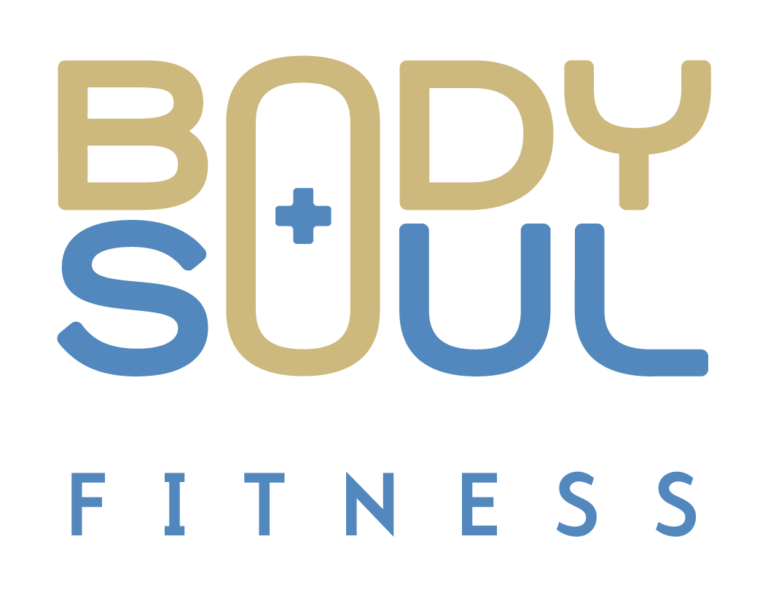Now that you understand what osteoporosis is, and the early warning signs, it’s important to know who exactly is at risk. Let’s explore some of the unchangeable and changeable risk factors for developing osteoporosis.
Inevitable Risk Factors
Unchangeable risk factors for osteoporosis include age and gender.
Both men and women are at risk for osteoporosis after the age of 30. After 30, the rate at which your bone tissue dissolves and is absorbed by the body slowly increases, while the rate of bone building decreases. Therefore, you naturally lose a small amount of bone each year after you turn 30.
Although osteoporosis affects both men and women, women are more likely to develop osteoporosis. This is attributed to more rapid bone loss from fluctuating hormonal changes due to menopause, usually between the ages of 45 and 55. A man’s bone thinning typically starts to develop gradually when his production of testosterone slows down, usually between the ages of 45 and 50.
In general, osteoporosis usually does not have a noticeable effect on people until they are 60 or older.
Another unchangeable risk factor is genetics. If a family member has osteoporosis, it increases the risk of you developing it, as it could be passed down through generations.
Now that you understand unchangeable risk factors, let’s explore some of the changeable risk factors…
Variable Risk Factors
There are many lifestyle factors that can increase your risk of developing osteoporosis, mainly your exercise regimen and diet.
Getting little to no exercise can greatly increase your risk of developing osteoporosis. Weight-bearing exercises like walking, jogging, stair climbing and/or strength training keep your bones strong and healthy by working the muscles and bones against gravity. Exercise can also improve your balance and decrease your risk of falling.
Maintaining a balanced, healthy diet will also decrease your risk. You need to provide your muscles and bones with the proper amount of nutrients, protein and vitamins to support development and strength. For example, having a calcium-rich diet promotes bone growth and therefore decreases your risk of osteoporosis.
I will discuss ideal exercise routines and how to eat a healthy, balanced diet in the next part to mitigate your risk of osteoporosis. See you there.
Introduction to osteoporosis, what it is, causes and symptoms, who's at risk and healthy living tips to prevent the onset of this disease. Throughout the workshop, Chris will provide various tips and tricks to keep your bones strong and healthy!
Now that you understand what osteoporosis is, and the early warning signs, it’s important to know who exactly is at risk. Join Chris as he explores some of the unchangeable and changeable risk factors for developing osteoporosis.
Having a regular exercise routine can greatly reduce your chances of developing osteoporosis. Chris discusses why this is, and suggests workouts and exercises to include in your routine to improve bone mass and strength.
The food you eat can have a direct impact on your bones. Chris navigates which food sources, nutrients and vitamins you should include in your diet to build and maintain strong bone density, and for your overall health.
In this final part in the osteoporosis series, Chris summarizes a few final tips to keep in mind to ensure your bones remain strong and healthy.

